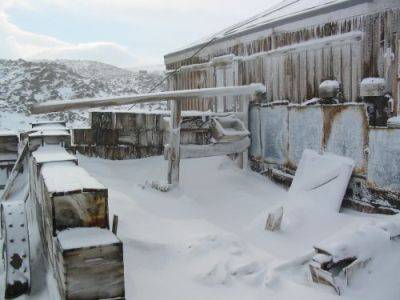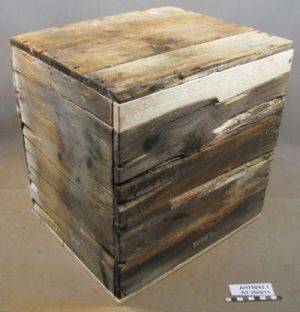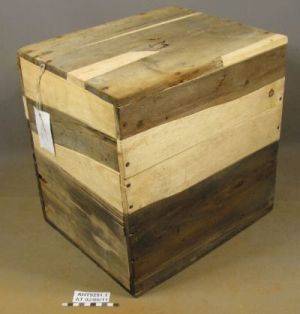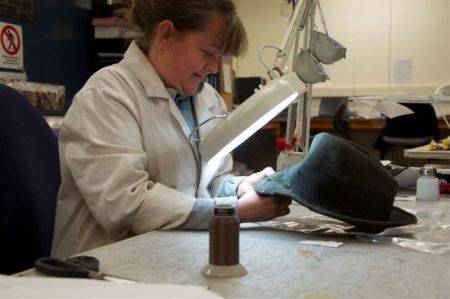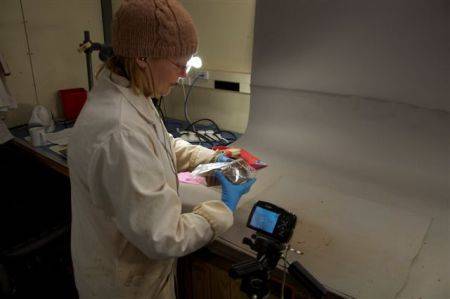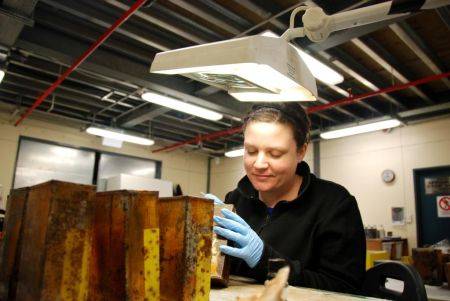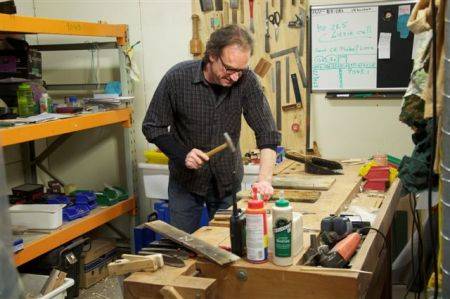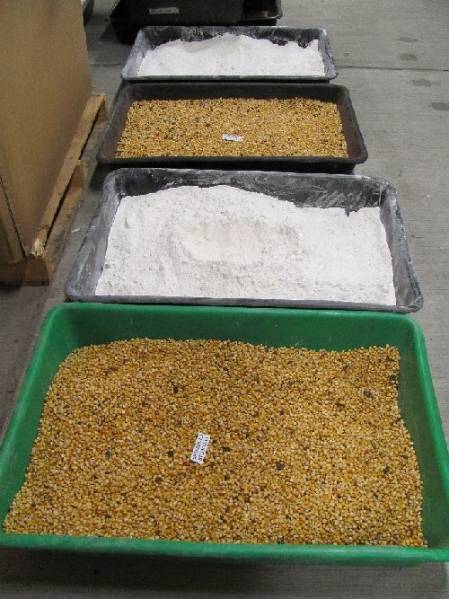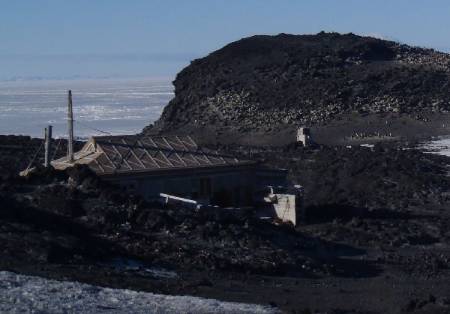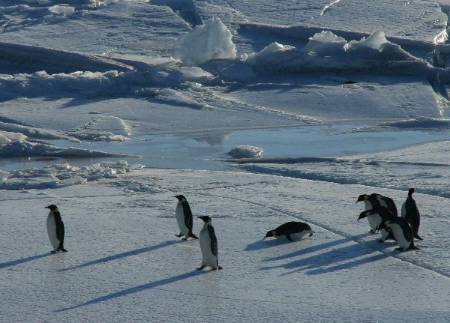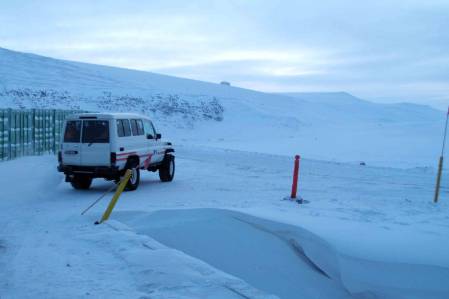Scott Base team at midwinter. Photo: Jane
Midwinter is an important turning point in the life of all Antarctic winter-overs. Greetings and invitations to midwinter dinners are sent out by all the Antarctic stations. It is a time to reflect on the achievement of past explorers, the scientific work that is being done around the continent and to look forward to the coming light and reunions with friends and family.
Last night, on the 100th anniversary of Robert Falcon Scott’s last midwinter dinner, the team at Scott Base commemorated the occasion with a magnificent meal prepared by our chef Lance, and then a great party afterwards. Julie prepared a menu in the style of Edward Wilson’s original watercolour menu. The dining room was festooned with the flags of the Antarctic treaty nations and smaller route flags of red and black. 15 invited guests from McMurdo Station joined us for the festivities.
It was a wonderful evening, shared with great friends, in a very special part of the world.
Midwinter dinner menu. Photo: Julie
Posted by: Sarah



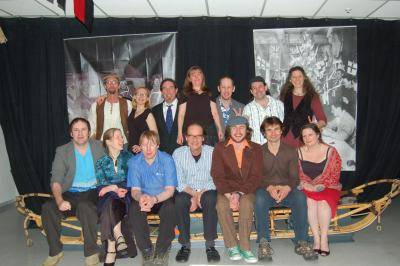
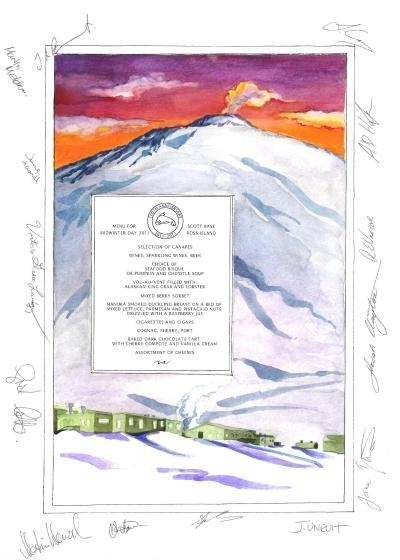
.jpg)

